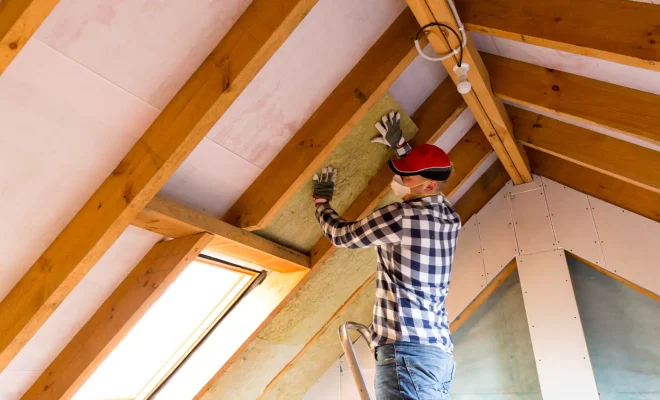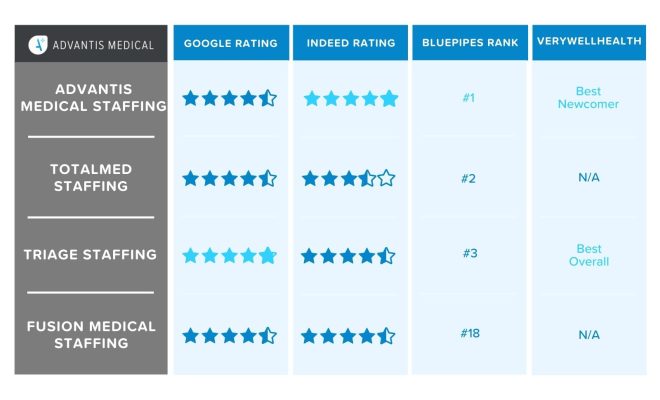The Best Attic Insulation: A Guide to Energy Efficiency and Comfort

Introduction
A well-insulated attic is essential for maintaining a comfortable living environment and reducing energy costs. Selecting the right attic insulation material and method can significantly improve your home’s energy efficiency, keep your home warmer in winter and cooler in summer, and save you money on utility bills. In this article, we will discuss the best attic insulation options available in the market to help you make an informed decision.
Types of Attic Insulation
There are various types of attic insulation materials available. Some of the most common ones include:
1. Fiberglass batts: Fiberglass insulation is popular due to its affordability and ease of installation. It comes in rolls or pre-cut batts that fit between standard attic joists. When installed correctly with no gaps or compression, fiberglass batts can offer a decent level of thermal resistance (R-value).
2. Cellulose: Made from recycled paper products, cellulose insulation is an eco-friendly option that can be blown into your attic using specialized equipment. It provides a higher R-value than fiberglass and is particularly effective in preventing air infiltration.
3. Spray foam: Spray foam insulation expands upon application, filling gaps, cracks, and other openings in your attic. It forms a continuous barrier against heat flow and air infiltration, offering excellent thermal performance. There are two types of spray foam — open-cell and closed-cell — each with its benefits.
4. Mineral wool: Also known as rock wool or slag wool, mineral wool insulation is made from molten rock or industrial waste spun into fibers. It is water-resistant, fire-resistant, and provides good soundproofing capabilities along with high R-values.
Factors to Consider When Choosing Attic Insulation
1. R-value: The R-value measures the thermal resistance of the insulation material – the higher the R-value, the more effective it is at preventing heat transfer. Choose insulation with a higher R-value to maximize your attic’s energy efficiency.
2. Climate: The type of insulation material and the recommended R-value will depend on the climate where you live. Colder climates typically require a higher R-value to maintain indoor comfort and reduce energy loss.
3. Installation: The ease of installation is an essential factor to consider, especially if you plan on doing it yourself. Fiberglass batts might be easier for DIY installations, while other materials like cellulose or spray foam may require professional installation.
4. Moisture resistance: Moisture can significantly reduce the effectiveness of insulation and cause mold growth. Consider insulation materials that resist moisture, such as closed-cell spray foam or mineral wool.
5. Cost: Weigh the upfront cost of insulation materials and professional installation against long-term energy savings, bearing in mind your budget constraints.
Conclusion
In conclusion, there is no one-size-fits-all answer to the best attic insulation material. Carefully consider factors such as R-value, local climate, ease of installation, moisture resistance, and cost when making your decision. Choosing the right insulation for your attic will undoubtedly bring improved energy efficiency, lower utility bills, and enhanced comfort for many years to come.






